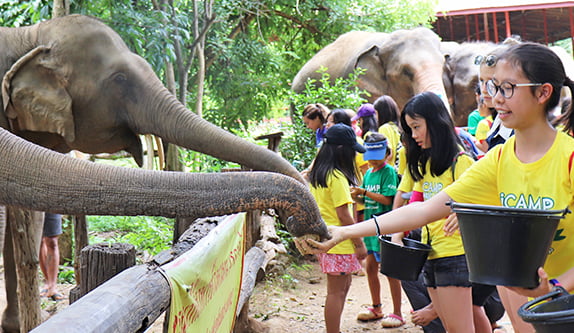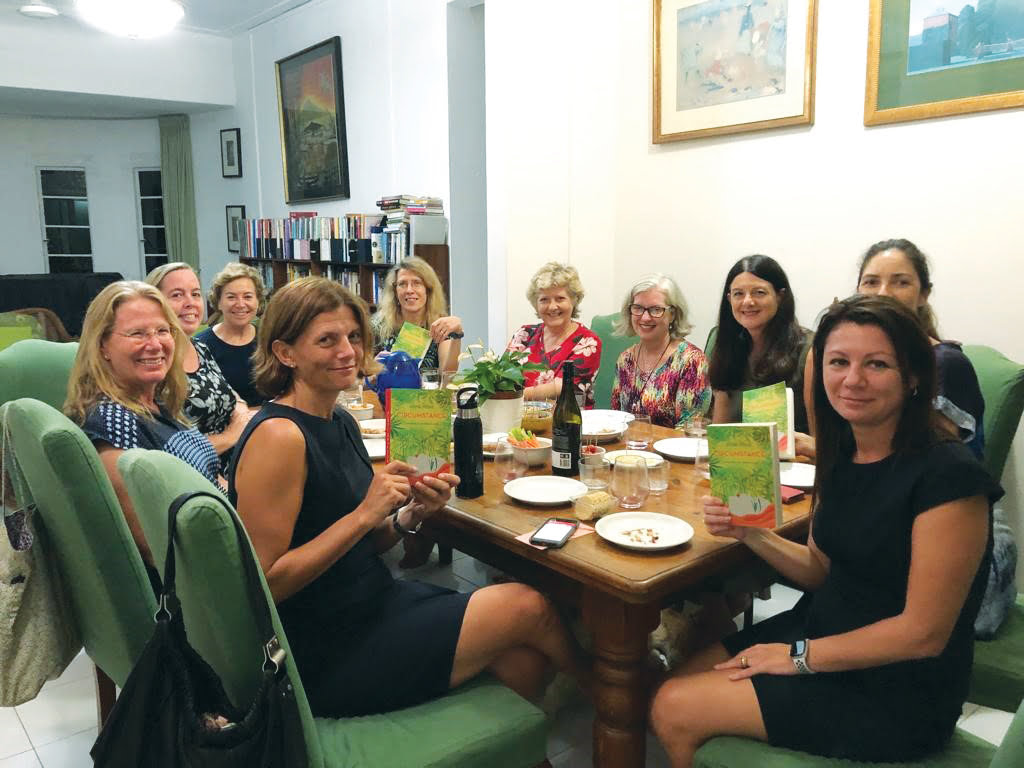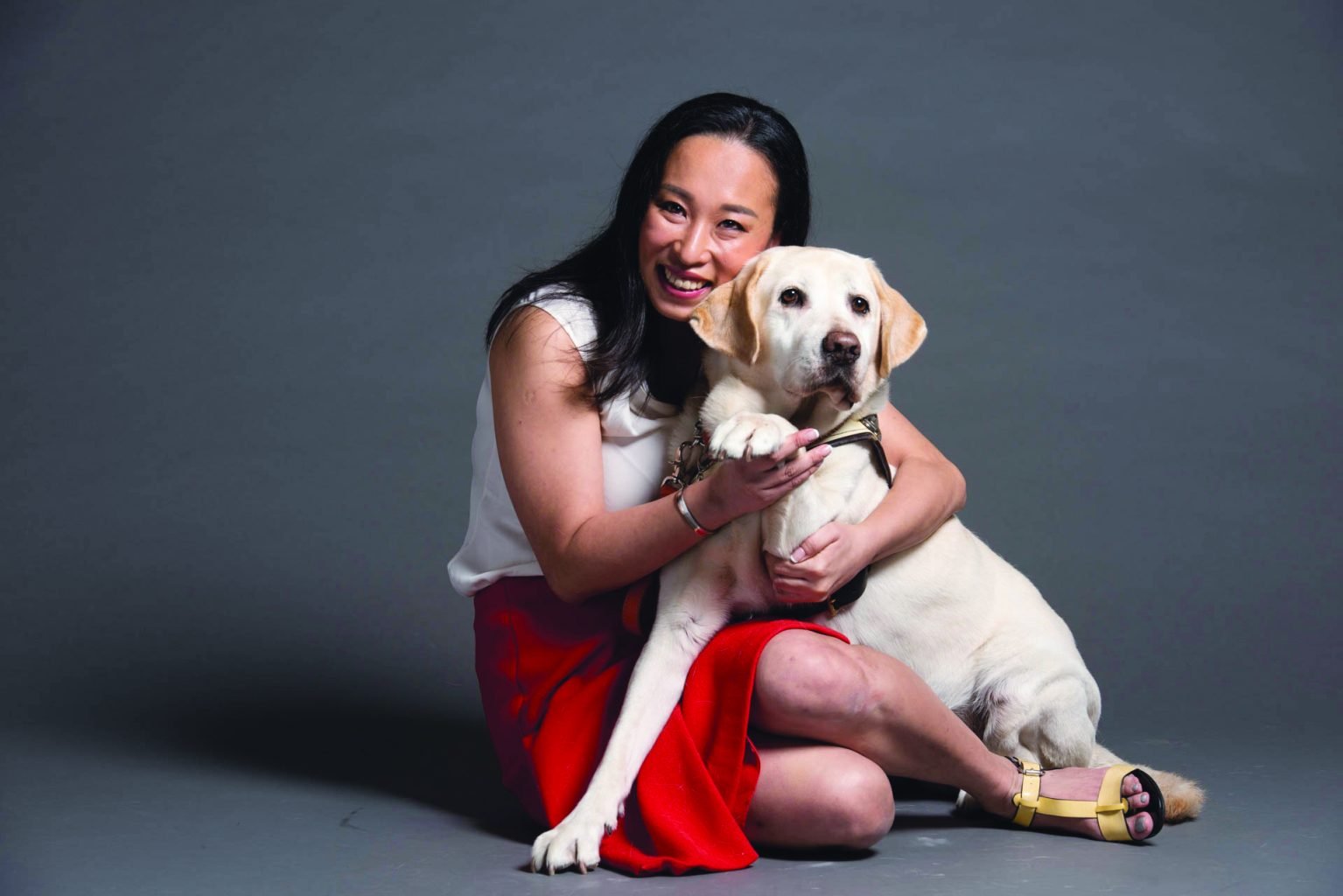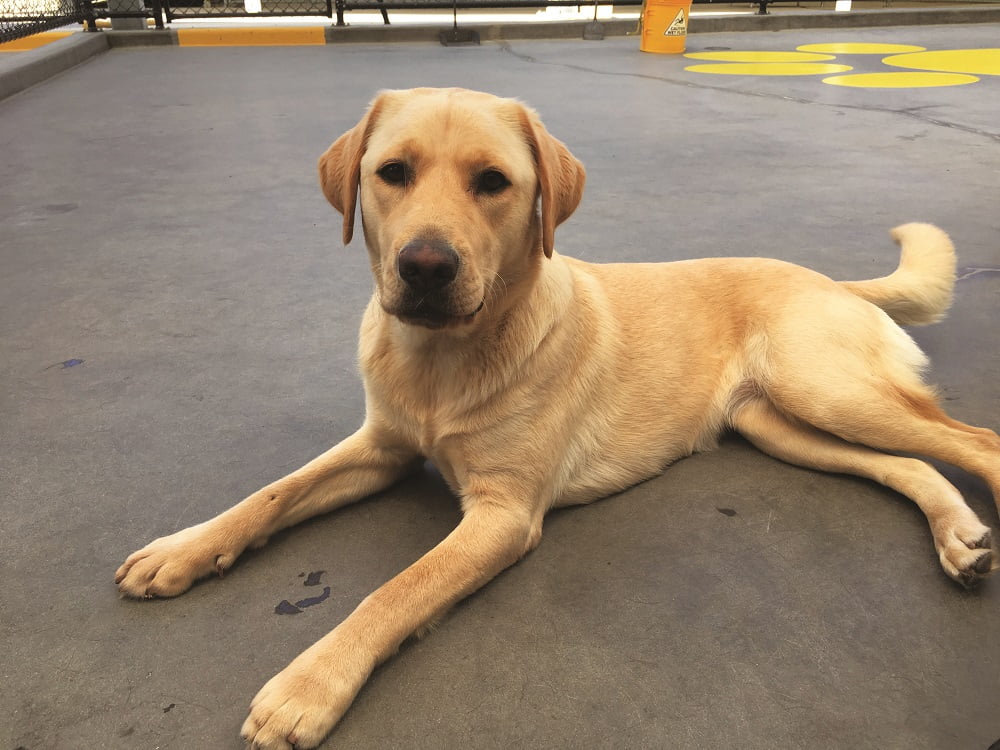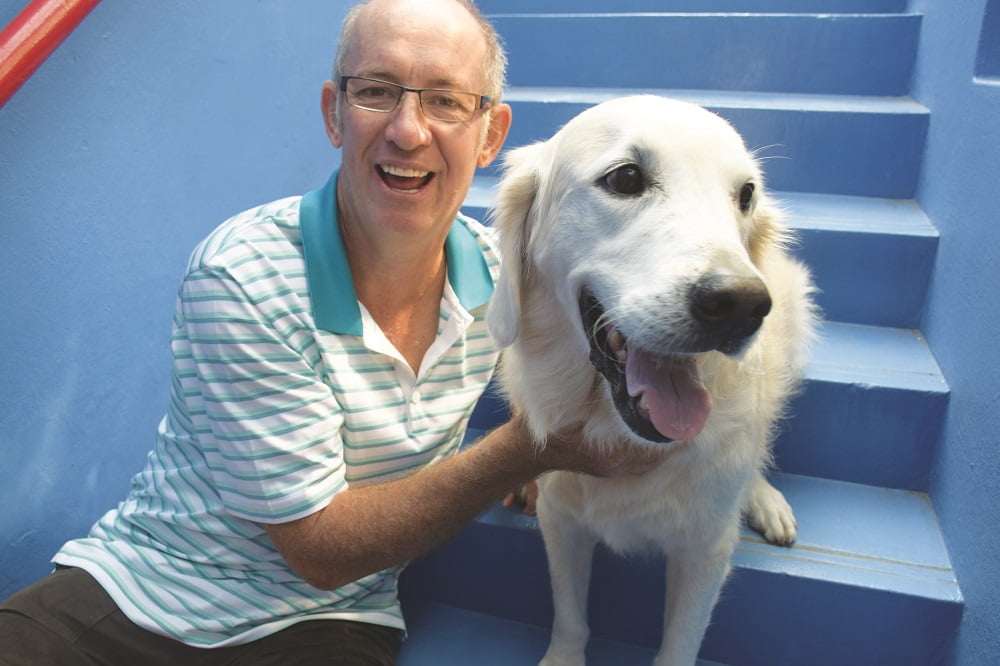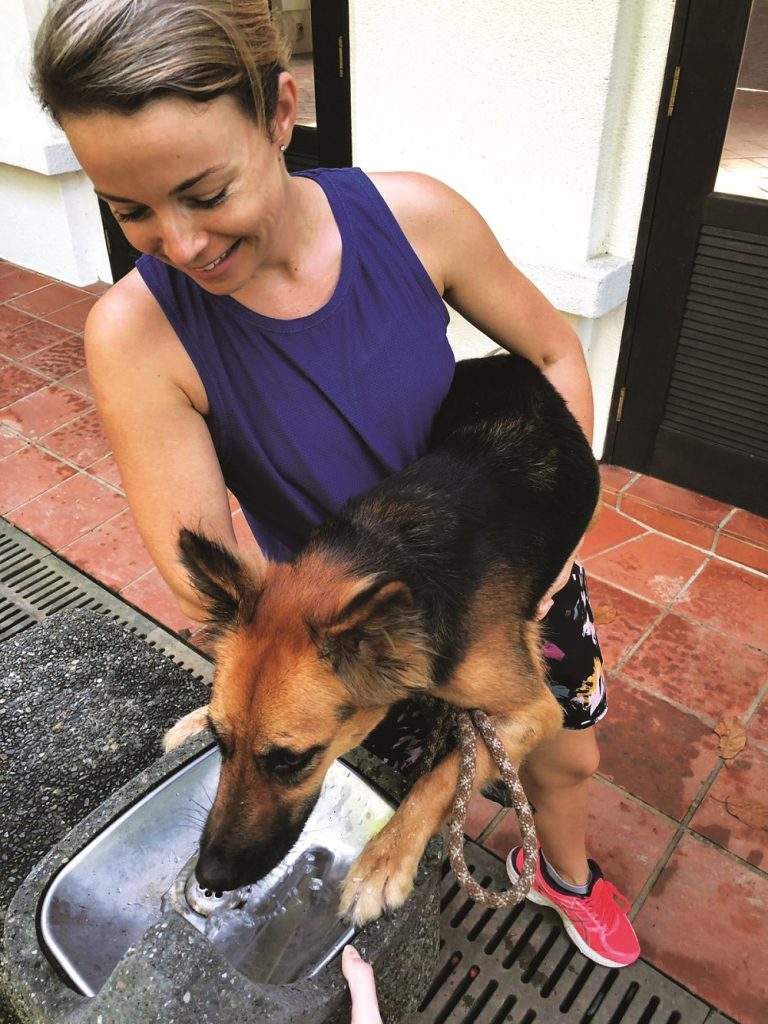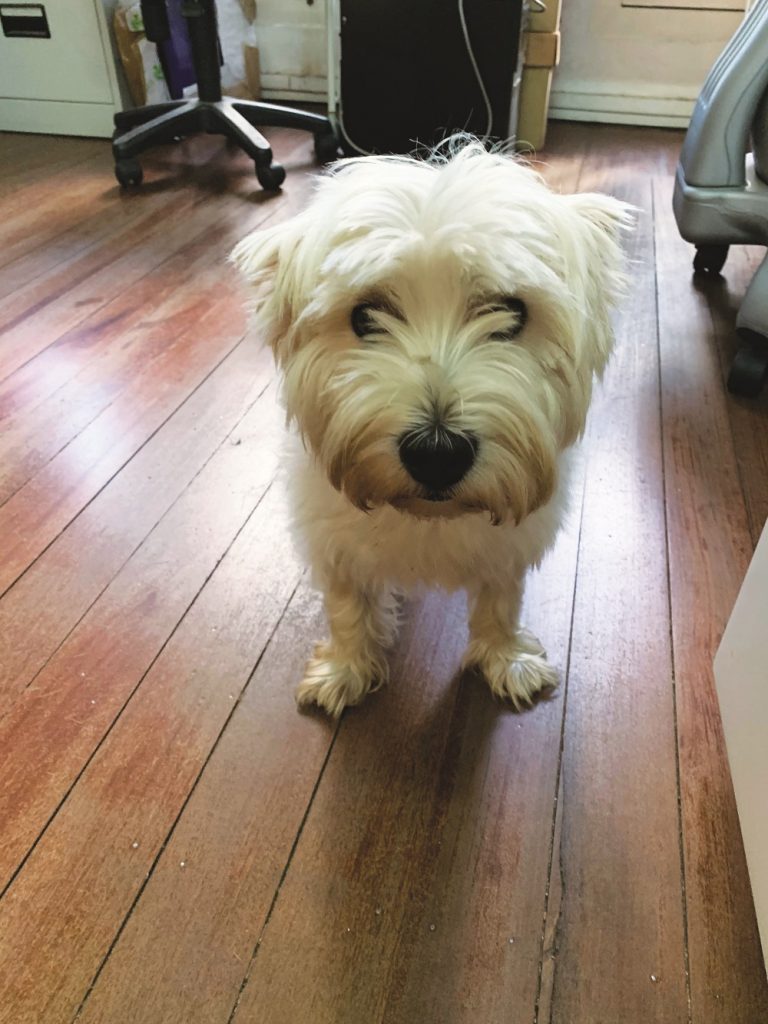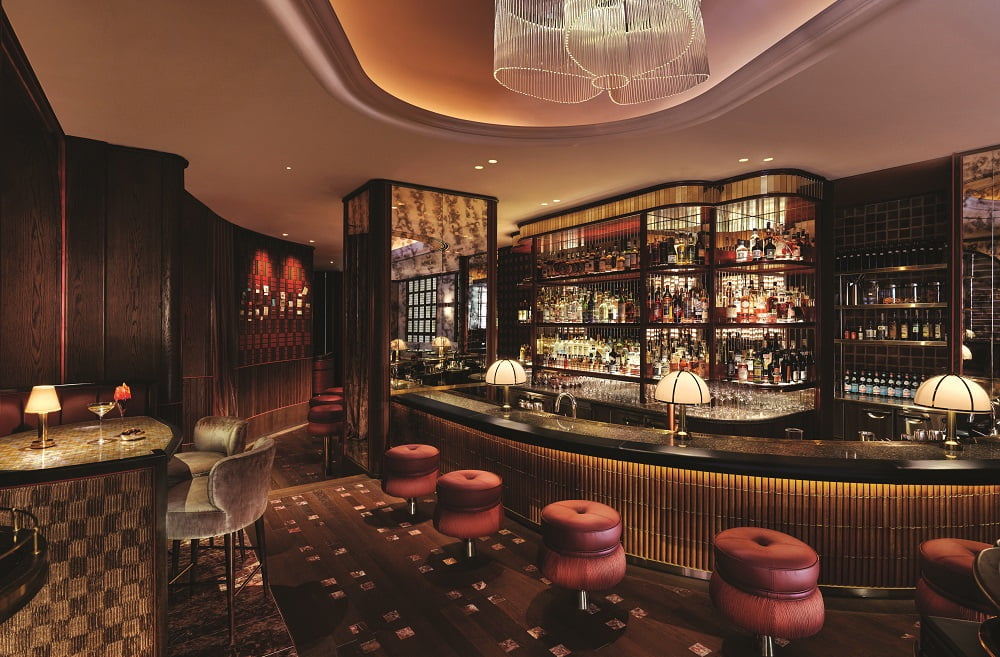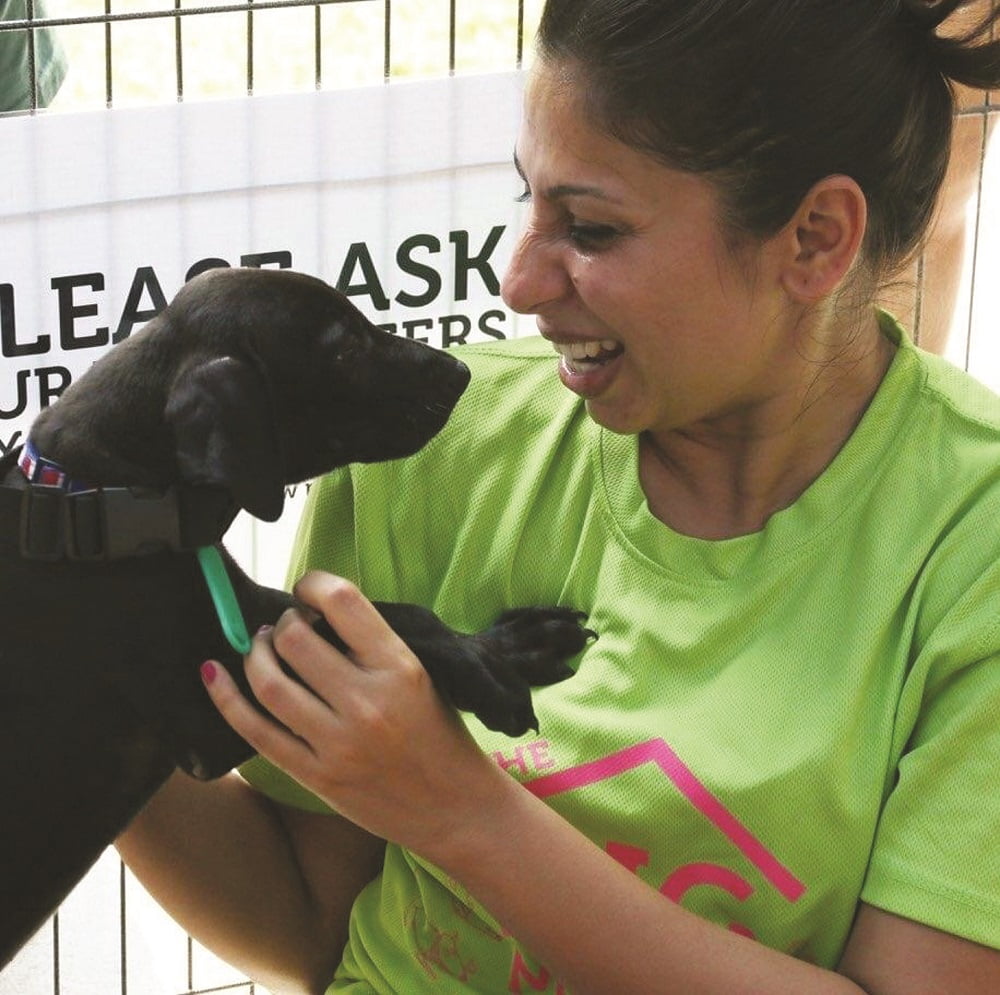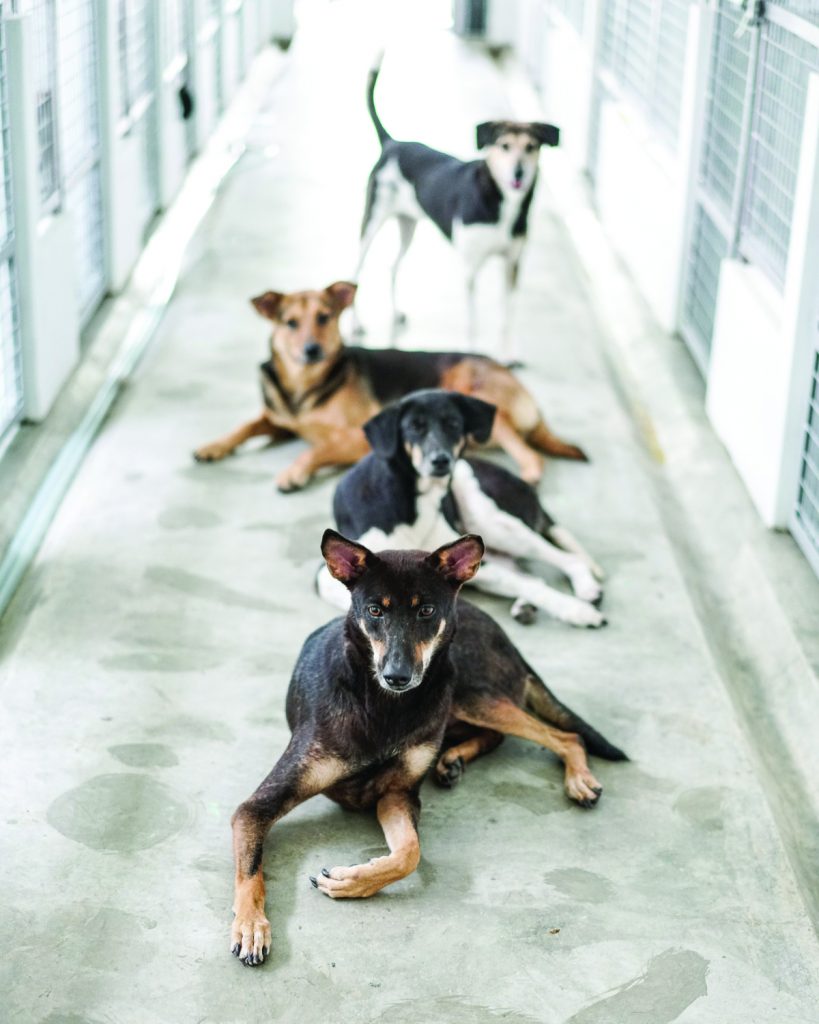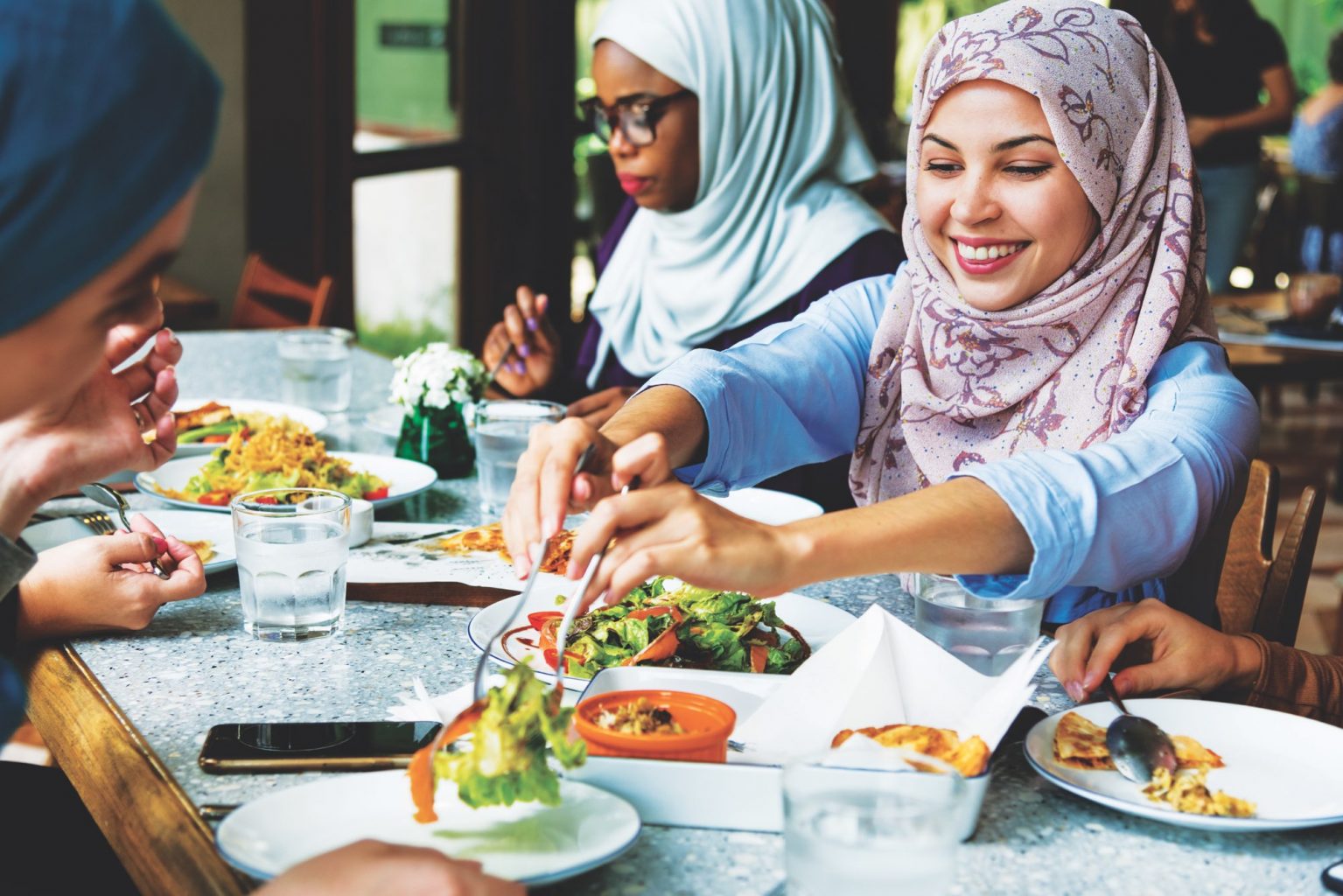
RAELENE TAN offers advice on dining etiquette in a Malay home, just in time for this month’s Hari Raya Puasa celebrations.
The Islamic festival of Hari Raya Puasa will be celebrated on Wednesday, 5 June. Coming at the end of the month-long fast of Ramadan, Hari Raya Puasa is a joyful occasion shared with family and friends, when traditional delicacies are enjoyed. Here in Singapore we have opportunities to eat festive fare in Malay restaurants or celebrate at the homes of Malay friends. This is a good time to brush up on our dining etiquette.
TABLE SETTING
At a Malay home, whether seated on colourful floor-mats or at a table, serving platters of food are placed in the centre, with serving spoons. In both instances, individual dinner plates are provided and, traditionally, cutlery is not used unless requested. Malays customarily eat with their fingers. Drinking glasses are placed at the top left of individual settings. It is usual for the host to invite guests to eat by saying, “Jemput” (help yourself) and, “Silikan” (start now). To be urged several times to begin eating shows politeness in not being greedy.
USING FINGERS
There will normally be a finger-bowl on the table for use before and after eating. Use the fingers of the right hand for eating purposes. With your fingertips, take a small amount of food and mound it smoothly, then, fingertips facing upwards, push the food quickly into the mouth using the thumb. Practice makes perfect!
SERVING FOOD
Dishes are passed around the table from right to left. The left hand is used for passing dishes when the right hand is sticky from eating. When serving oneself, the serving spoon must not touch other food on one’s individual plate. It is customary for each person to serve themselves. Rice is placed on the individual plate first. Then, other food is placed on the far (top) side of the plate. Serve yourself small portions initially, as it is considered respectful to have ‘seconds’.
SOUP
Soup is generally served in a central tureen. Consumed throughout a meal, soup is for moistening the rice and not only for drinking’s sake. Ladle a little soup over the rice on the individual plate. Solid ingredients in the soup are placed at the top of the dinner plate.
FINISHING
After a meal say, “Terima kasih” (thank you) to the host, who will reply with, “Sama-sama” (same to you). “Selamat Hari Raya!” (‘Peaceful celebration day’).
Excerpts from “Malay Etiquette-A Matter of Course” by Raelene Tan published by Landmark Books.



